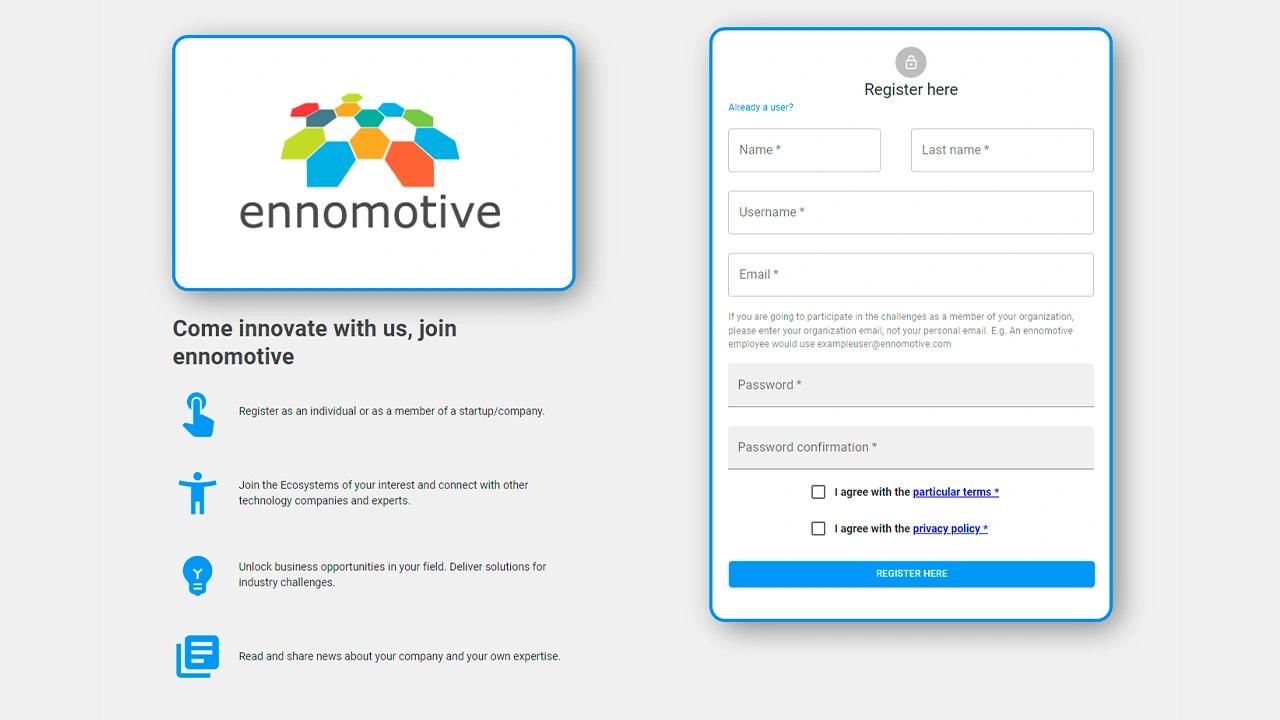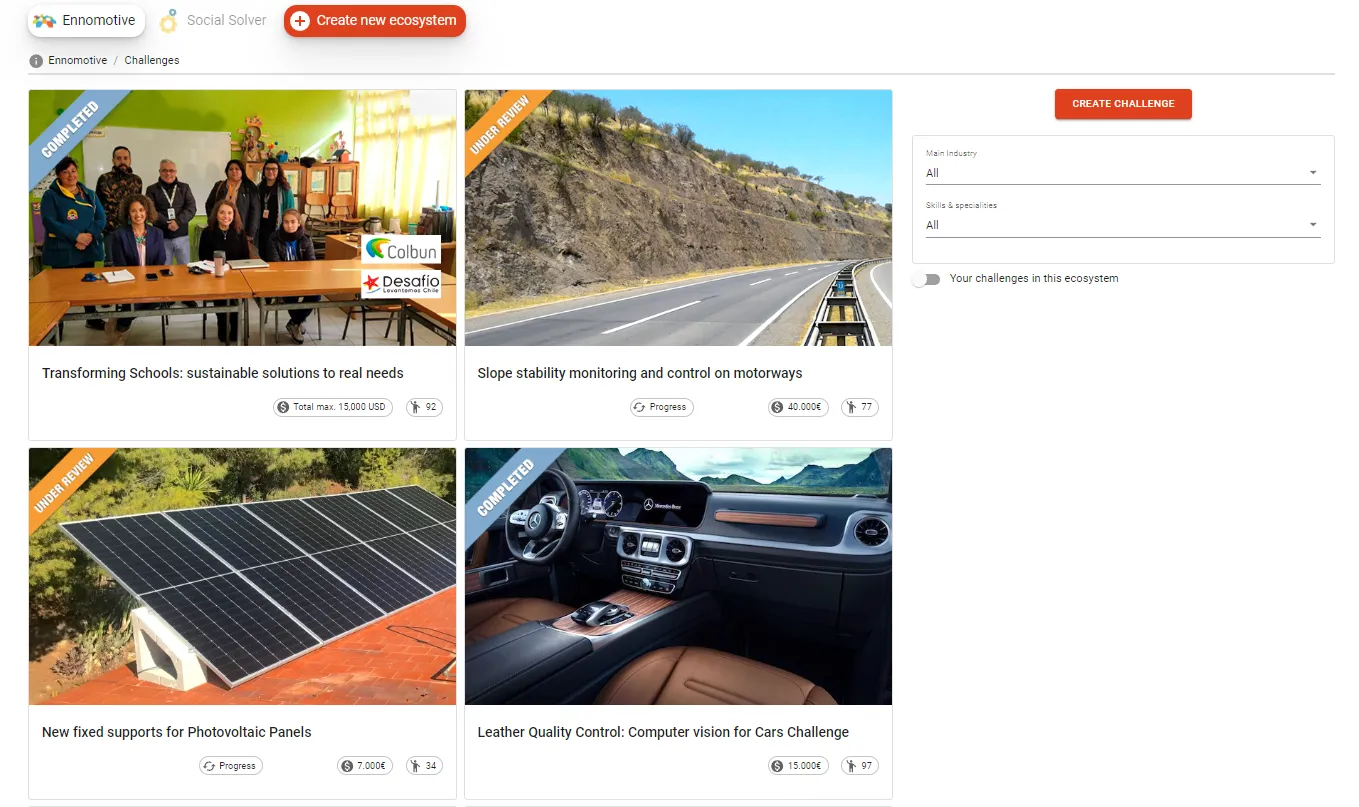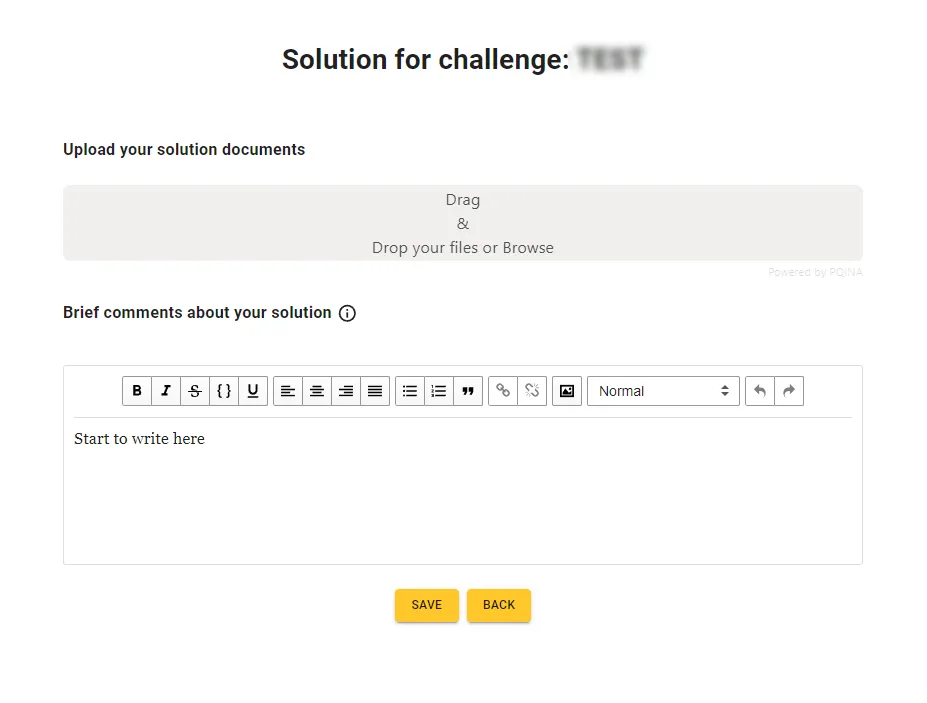Background:
Ever since the introduction of steel in the construction sector as structural material, the number of skyscrapers in cities has grown exponentially, especially tall office buildings with closed windows that must be cleaned from outside.
According to the Council on Tall Building and Urban Habitat (CTBUH), with headquarters in Pennsylvania, a skyscraper is “a building in which the vertical side has a superlative consideration on any its other parameters and the context in which it is implanted"
If we take as the definition of skyscrapers all buildings above 150m tall, only in China we can find almost 2,000. However, shorter office buildings, over 20m, also require a complex window-cleaning service.
The challenge:
Maintenance is a big part of the general cost of these buildings, including window-cleaning. At present, they are equipped with a BMU (Building Maintenance Unit) cradle system with two hanging jibs and a suspended platform attached to it. This suspended platform goes up and down the whole building façade while the workers do the cleaning.
Depending on the company that offers the cleaning service, it might be that these workers are directly suspended from the hanging jibs with a safety harness.
Although some devices in the market can already do this task automatically, these designs are still not good enough. For that reason, it is generally preferred to hire cleaning workers. These devices have several weaknesses: they cannot adapt properly to different types of façade, they are not completely stuck to the windows, and not water-efficient since they leak heavily.
See Annex with photographs and videos of the currently-used and most common cleaning systems.
On average, with the cleaning techniques that involve workers, a 12-story building windows can be cleaned in 2 weeks and, also on average, this task is carried out 4 times every year.
It must also be taken into account that the cleaning is done with ionized water and different chemicals. It is also vital to dry every single drop of water during the process.
What kind of solution is sought:
We are looking for a system that uses the currently-installed hanging jibs so the window-cleaning can be done automatically or semi-automatically in buildings taller than 20m.
The solution must consider how the electricity supply and the water and cleaning products will be. Besides, it must be safe enough (prevent falling accidents) and be more efficient and sophisticated than the current systems.
The adaptability of the solution to the greatest number of façades and its simplicity when prototyping will be positively assessed.
Evaluation criteria:
● Lower cost of the system.
● Cleaning efficiency.
● Manufacturing simplicity.
● Adaptability to different façades
● Safety in the operation.
This is a tournament with the following submissions:
Round 1:
A PDF document including:
● A brief technical description of the proposed system and how it works including sketches, 3D designs.
● The materials’ specification.
● First approximate investment.
In addition, you can upload any supporting documents that are necessary (see formats allowed, other cases compressed in a zip file).
Round 2:
A PDF document including:
● The detailed design of the system (drawings, materials, equipment, etc.).
● The manufacturing chain design and equipments.
● The detailed costs.
Round 3:
Technical and business validations.
Timeline:
1 round – 8 weeks + 2 weeks for evaluation.
2 round – 8 weeks + 2 weeks for evaluation.
3 round - 8 weeks



